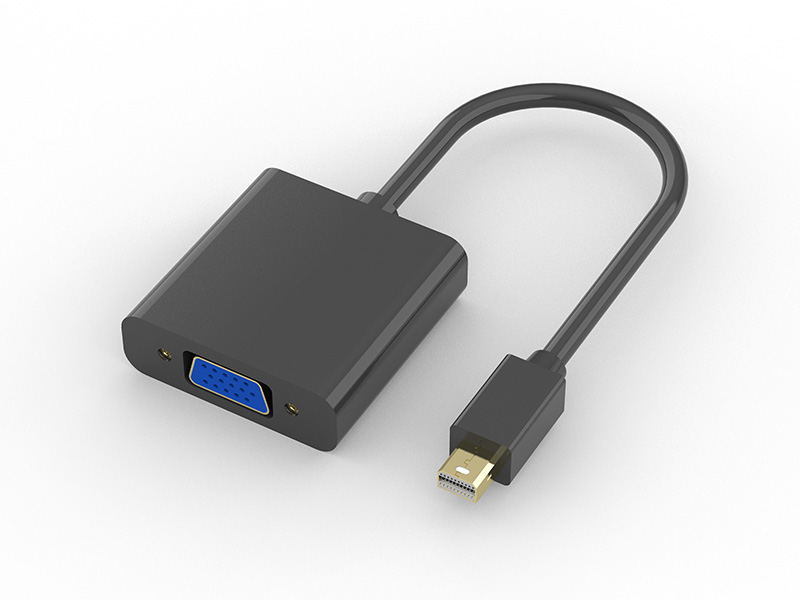You can find various types of ports and connectors for your TV, computers, VCD, DVD, HDTV etc. in the contemporary market. You can also find cheaper as well as expensive based on their lower or higher transmission quality ultimately displaying poor or best picture or video qualities. Since choosing the right cable is more technical and a sophisticated matter, it is often confusing for the consumers to understand and determine which type of cable to fit appropriately to their devices. There are basically five basic and appropriate types of ports or connectors widely available in the market to connect between the video source and the display devices. They are (1) composite video, RCA or F-pin, (2) S-Video or super video, (3) component video, (4) DVI or Digital Visual Interface, and (5) HDMI or the High Definition Multimedia Interface. The original VGA connectors which ware introduced by the IBM in 1087 and flooded the markets in the 1990s were replaced by the above contemporary connectors. Get the best and appropriate DVI connectors from PrimeCables dvi cable for pleasant and durable use in your device.
The composite video is the predecessor of RF carrier which was functioning through analogue signals. In the composite video, the signal transmission is carried out in a single cable or wire. This is used in most older devices like VCR or laserdisc and sends the signal in composite video format and eventually creates the options to output the raw signal or further mixing it to RF for display. This conversion normally adds noises ultimately losing the clarity and quality of the display.
The S-video or the super video specifically uses the technology for transmitting the signal in two ways, one for colour or technically chrominance and the other for brightness or technically luminance. As a result, when the transmission is sent to a TV, this displays sharper and clearer images and videos than the composite video. This happens because the TVs redesigned for separate displaying of chrominance and luminance.
The DVI is the advanced signal transmission technology which sends the signal both digital as well as analogue. The single plug and connector of DVI include both the digital and the VGA interface. The DVI interface gives pure and high-quality video connection for enhanced display.
The HDMI combines the digital video as well as the multi-channel audio and other features into one cable connection. While using the DVI, you need to use a separate cable for audio because the DVI transmits pictures. The HDMI transmits high definition video and multi-channel surround audio.

